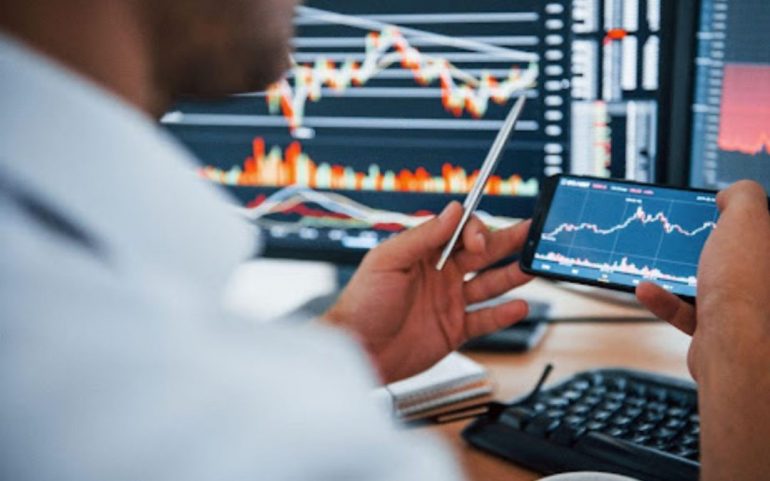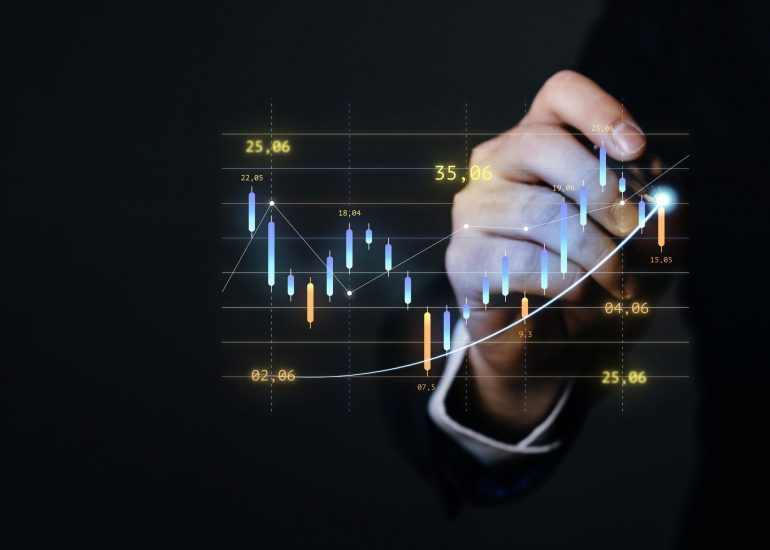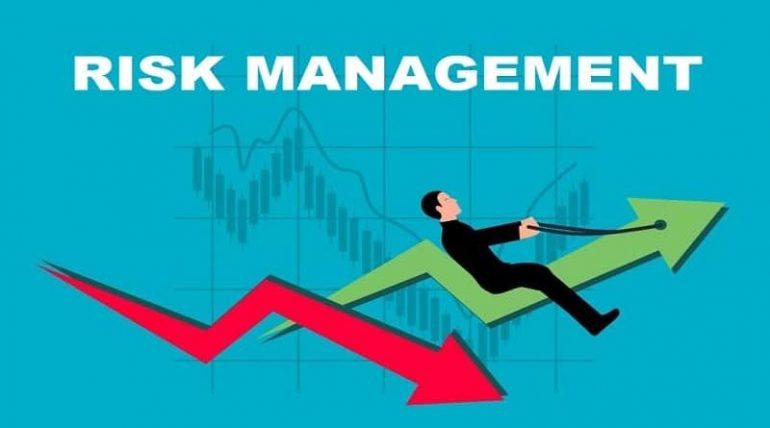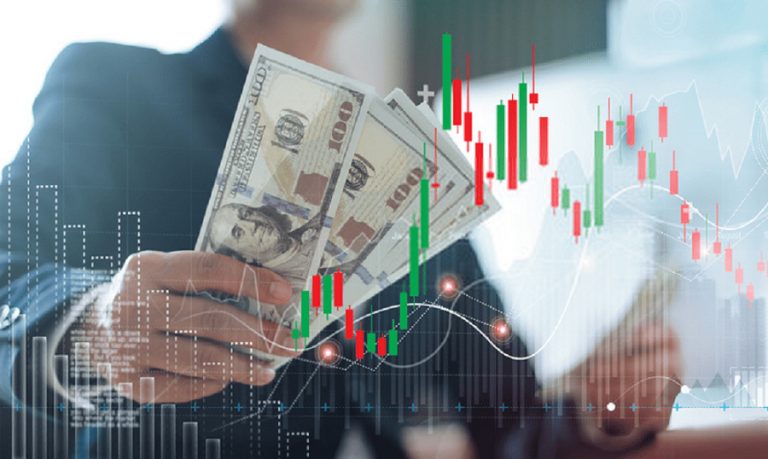Determining the right amount of money to start trading can feel like a complex decision, especially for beginners. The goal is to start with enough to gain momentum without risking financial stability. For new traders, understanding what amount to start with is essential for long-term success. It’s not about taking high risks but making a calculated decision that fits your financial situation, skill level, and the strategies you plan to employ.
Key Points:
- Assess your financial situation before starting.
- Consider the platform fees and trade costs.
- Use risk management strategies to minimize losses.
- Start small and gradually increase your investment.
- Choose the right trading platform to align with your goals.
Factors to Consider Before You Start

Before setting aside a specific amount of money, a trader needs to evaluate several factors. Each of these plays a role in shaping the financial and psychological readiness to enter the trading world.
Personal Financial Situation
Your financial situation is the most critical factor. Never invest money you cannot afford to lose. Begin by assessing your disposable income and your long-term financial commitments. Ensure that trading does not affect your daily living expenses or savings for emergencies.
Trading Platform Fees
Different platforms have varying fee structures. Some charge for each transaction, while others might have account maintenance fees. Binomo VIP, for example, allows traders to start with a minimal investment, providing access to advanced tools with low entry costs. Choosing platforms with minimal fees can be an excellent way to reduce overall costs and optimize returns. If beginners have such good terms, you can imagine what benefits Binomo VIP users indulge.
Risk Management
A rule of thumb for new traders is to never risk more than 1% to 2% of your total capital on any single trade. For example, if you have $1,000, risking only $10 to $20 per trade ensures that losses remain manageable. Applying this rule helps in staying in the market longer and learning with limited exposure to financial harm.
Start Small and Scale Gradually
It’s advisable to start small and scale up as you gain experience and confidence. For instance, beginning with $100 allows you to learn the market dynamics without significant risk. As you become familiar with your chosen trading instruments and strategies, gradually increasing your capital becomes a more realistic option.
Psychology of Trading
The psychology behind trading cannot be ignored. Larger sums of money bring emotional pressure. Starting with a smaller amount can help traders maintain a level-headed approach, ensuring they follow their strategies rather than making impulsive decisions. Many successful traders emphasize the importance of discipline and emotional control, which can be challenging to maintain when high amounts of capital are at risk.
How Much Money Should a Beginner Invest?

There’s no universal answer to how much money should be invested initially, but several guidelines help in making an informed decision.
$100 to $500 Range
This is an ideal starting point for those with no experience in trading. A small amount allows you to practice risk management without the fear of losing a significant portion of your wealth. It’s a conservative yet effective approach, giving new traders enough room to make mistakes and learn without causing substantial financial damage.
$500 to $1,000 Range
A higher starting amount provides more opportunities. Traders with this amount can experiment with different strategies while applying solid risk management principles. It allows for diversification across various instruments like forex, stocks, or commodities, thereby increasing the chances of finding profitable trades. Having more capital provides some flexibility but doesn’t necessarily mean taking on more risk.
Over $1,000
Those who can allocate over $1,000 to trading should have a clear strategy, risk management plan, and enough experience to justify that level of capital exposure. With higher capital, traders can diversify across multiple asset classes, enhancing the potential for profit while maintaining a risk-averse stance. However, it’s important to remain cautious and stick to a well-structured plan.
Risk Management Strategies

Even with the right amount of money, poor risk management can lead to losses. Here are some basic risk management principles every trader should follow:
- Stop-Loss Orders: Setting stop-loss levels helps ensure that losses don’t exceed a predetermined amount.
- Position Sizing: Adjusting the size of your trades based on your capital and risk tolerance prevents overexposure to a single trade.
- Diversification: Diversifying across different markets or asset classes reduces the impact of a loss in any one position.
Final Thoughts
The right amount of money to start trading depends on various factors, including your financial situation, trading strategy, and risk tolerance. Starting small is a prudent choice, as it helps new traders get a feel for the market without exposing too much capital. Over time, as your skills improve and your risk management becomes more sophisticated, you can gradually increase the amount of capital you trade with.
The ultimate goal is not to rush but to build a solid foundation that ensures long-term success. With proper planning, careful risk management, and consistent learning, anyone can start trading without jeopardizing their financial stability.

